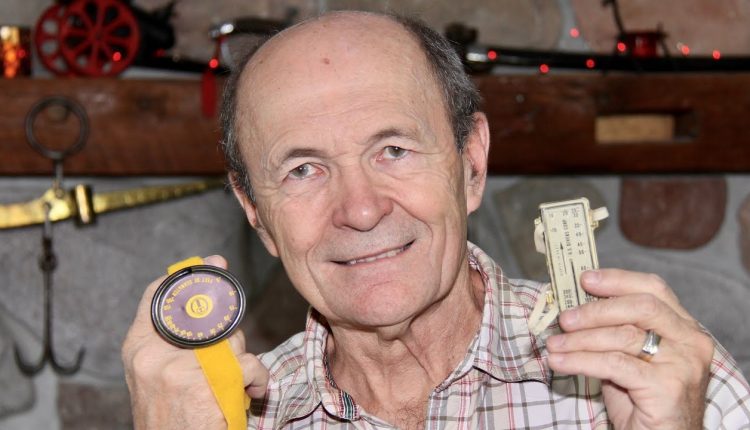Vintage Scuba: Capillary Depth Gauges – S02E13
Dive computers are accurate to within one or two feet, however capillary gauges measure depth as “close enough”. Alec shows the evolution of capillary depth gauges using Boyle’s Law of pressure and volume.
*** In this episode of Vintage Scuba ***
– a 1953 US Divers square plastic capillary gauge
– a late 1950’s “Bath-O-Meter”
– how to clean a capillary depth gauge
– Dacor LCG Professional Model depth gauge to 250 feet
– the first dial gauges used bourdon tubes but still had a backup capillary gauge around the dial
***** Alec Peirce Scuba *****
SCUBA TECH TIPS playlists
▶︎ Series 6:
▶︎ Series 5:
▶︎ Series 4:
▶︎ Series 1, 2 & 3:
VINTAGE SCUBA playlists
▶︎ Series 3:
▶︎ Series 2:
▶︎ Series 1:
SEA HUNT REMEMBERED playlists
▶︎ Series 2:
▶︎ Series 1:
▶︎ SEA HUNT COLLECTOR website:
Rating: 5.00

Great video really enjoyed it.
I'm probably missing something obvious, but how do these stop air from escaping if the device is oriented wrong, while still allowing water in? Thanks!
EDIT: is it something to do with the size of the opening and surface tension?
This capillary dive gauge will be my next DIY project. thank you Alec for your sharing.
You pronounce it as ka-PILL-ry.
I would pronounce it as CAP-a-lair-e.
Is that just a US vs Canada thing ?
"Remember, Water is Blue"
– Alec Pierce, 2016
Hahahaha
Great video again! Thanks for that.
About the bath-o-meter's name: In greek "vathos" means depth. You could spell it "bathos" in latin. So, bath-o-meter literally means depth gauge.
Alec, thanks again for sharing the good ol' technologies. Keep them coming.
Hey Kevin, love your video and sound quality, makes them look really professional. Good work old chap…
Alec, you are a living compendium of scuba diving history. The value of these videos, while appreciated today, may surprise you if they resurface a hundred years from now when we are all gone. It is important that you continue to catalogue these for their historic value; you are doing something that nobody else has attempted to my knowledge.
Hi Alec , love all your videos . Maybe its really simple , but could you explain how a J value works? How does turning a valve give you a two or so more minutes of air? It's not like there are different compartments in the tank. Thanks to you and Kevin